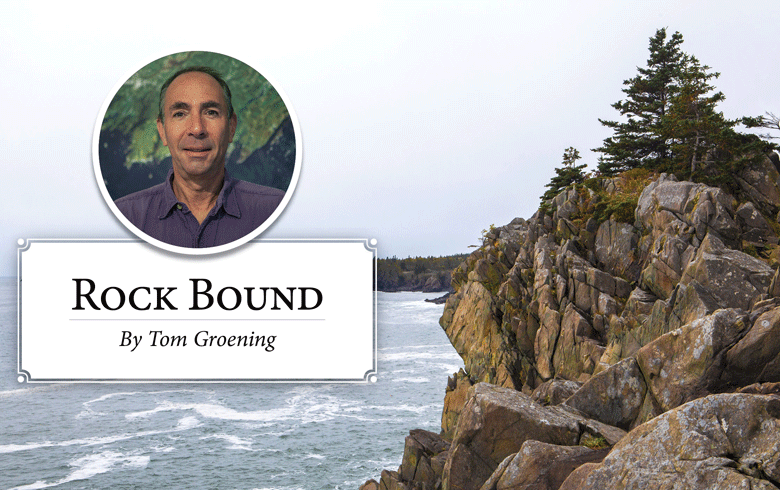In the weeks before Christmas, two tragedies hit close to home. Four Maine Maritime Academy students were killed in a vehicle crash while returning to the Castine campus in the early morning hours, and a University of Maine at Presque Isle student’s body was discovered on the shore of Sears Island in Searsport. The young man’s vehicle was left near the Penobscot Narrows Bridge.
You probably speculated about the same contributing factors as I did, and out of respect for the families and the ongoing inquiries, I won’t share those here. But this terrible loss reminds us of the precarious nature of life between, say, the age of 17 and the age of 23.
In my mind’s eye, I see that passage looking like a rickety catwalk spanning a deep ravine. On one side are the confines of high school and living at home with parental guidance. On the other side are unprecedented freedom and risky temptations.
Despite what the popular media implies, these are not the best years of one’s life. It’s a point I made to students and the young adults I knew during my brief careers as educator and then employment counselor.
So much has changed in college life since my time. Campuses no longer look like the real world…
Consider life’s milestones from age 17 to 30—choosing some kind of post-high school training or education; moving out of your childhood home; beginning to have serious romantic and sexual relationships; narrowing career goals; managing the trials of part-time and summer jobs, or that first full time position; finding a place to live.
There’s a lot to navigate.
Alcohol and drugs are more easily available at that time of life, especially when our young adults are away from watchful parental eyes. And often, it’s in those years that mental illness emerges. Or just the powerful emotions of the age. To this day, I remember the story of a young man returning home to the Midcoast after a first year at college to learn his high school sweetheart had broken up with him. He bought a gun at Walmart and shot himself.
I don’t want to suggest that educators and counselors who work with this demographic are somehow derelict in their duty. Their jobs are challenging on many fronts, and as is the case with so many social problems, we are, collectively, unwilling to devote the requisite resources to these roles.
But let’s focus on post-secondary institutions, which become second homes to our students.
When I was in college in the late 1970s, the state university I attended in New York had allowed each dormitory to open a small pub in the basement of the buildings. Students stocked beer, kept the books, and staffed the bar as a kind of business practicum. But the driving idea was that it kept students on campus and walking, not driving distance from their rooms.
Of course, alcohol was legal at age 18 back in those days. Which raises another point—should the legal age be lowered? A dozen or so years ago, a letter signed by 100 college presidents argued that it should, giving young adults the opportunity to become experienced and hopefully mature about their alcohol use, with parents being able to monitor that drinking.
Should colleges strike a more realistic posture on alcohol and drug use, perhaps sponsoring AA meetings, testimonials from those who have made a wrong turn because of substance use, or even helping coordinate ride services?
When our kids went to UMaine, my wife and I attended the joint student/parent orientation, and at one point in the day, parents were separated from their children and we listened to university counselors describe the issues that would likely emerge, especially when our children came home for visits. Good stuff. But couldn’t such sessions also offer warning signs of mental illness or hormone-driven depression?
So much has changed in college life since my time. Campuses no longer look like the real world, but rather as an institution with rulesAnd as odd as that may sound, I think that’s good. Professors no longer date students, as sometimes happened in my day, and drugs are no longer sold in plain sight in dormitory halls, again, as was the case in my college years. More guardrails, I think, would help keep our young folks safe.
Tom Groening is editor of The Working Waterfront. He may be reached at tgroening@islandinstitute.org.





